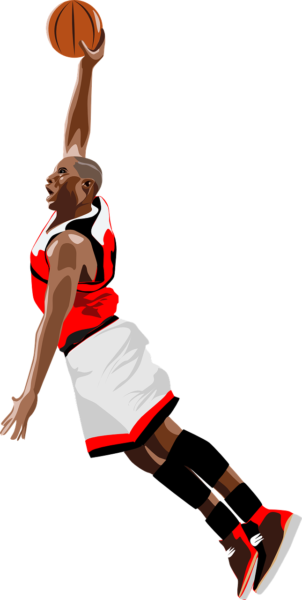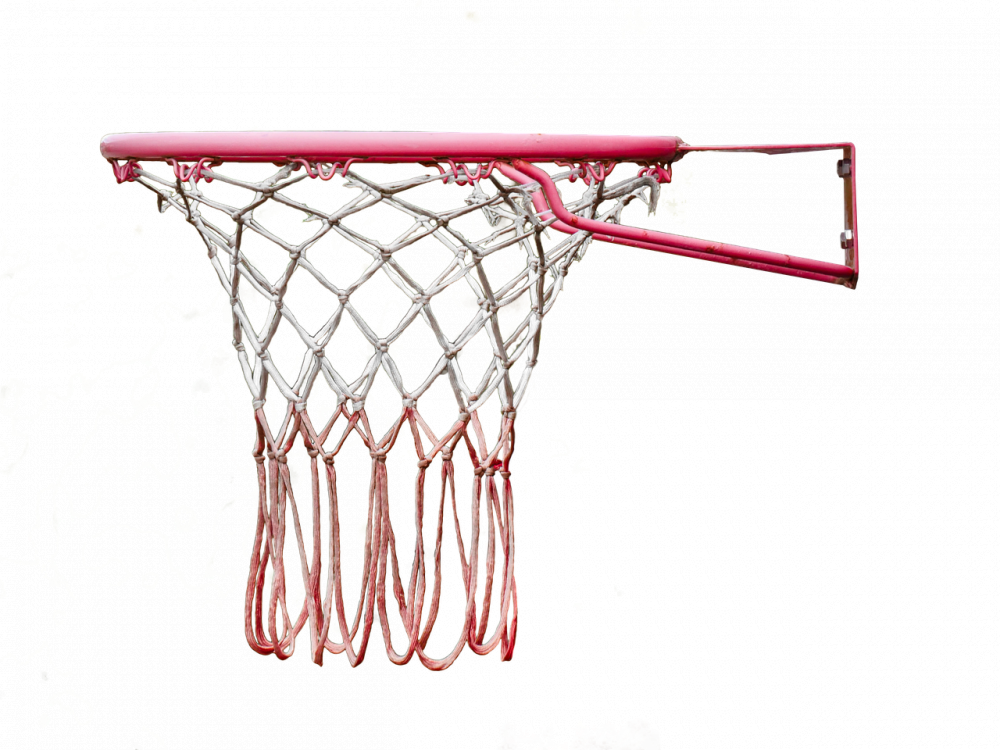Basketball ball: A Comprehensive Guide to the Iconic Sports Equipment

Introduction
Basketball is a popular sport that has captivated the hearts of millions around the world. At the core of this thrilling game lies the basketball ball a round, inflated object that brings the game to life. In this article, we will take a closer look at the basketball ball, exploring its various types, popular choices, and examining how they differ from each other. Additionally, we will delve into the historical evolution of basketball balls, highlighting both their advantages and disadvantages.
I. Overview of the Basketball Ball

The basketball ball is an essential element of the game, serving as a medium through which players facilitate their skills, strategize, and score points. It is spherical in shape, consisting of an outer cover, an inner bladder, and various materials to ensure optimal performance and durability. These balls are specifically designed to provide players with the grip, bounce, and control required to excel in the game.
II. Comprehensive Presentation of Basketball Balls
1. Types of Basketball Balls
a) Professional-Grade Balls: These basketballs are meticulously crafted with superior quality materials to meet the stringent standards of professional leagues such as the NBA. They offer exceptional grip, control, and are highly durable, ensuring a reliable performance for elite players.
b) Indoor/Outdoor Balls: Depending on the playing surface, basketball balls vary. Indoor balls are designed for smooth court surfaces and feature a softer outer cover for enhanced grip and control. On the other hand, outdoor balls are built with a tougher exterior to withstand the rigors of rough outdoor environments.
c) Recreational Balls: These balls cater to casual players and beginners. While they may not possess the same level of quality as professional-grade balls, they still offer decent performance and durability.
2. Popular Basketball Ball Choices
a) Spalding NBA Official Game Ball: Used in professional NBA games, this ball has become an iconic symbol of basketball. Its distinctive design, superior grip, and excellent bounce make it highly popular among players.
b) Wilson Evolution Game Basketball: Boasting an exceptional feel and grip, this ball is a favorite among high school and college players. Its composite leather cover provides enhanced control, allowing for precise shooting and dribbling.
c) Under Armour 495 Basketball: Suitable for both indoor and outdoor play, this basketball offers excellent durability and grip. Its 100% nylon wound carcass ensures a consistent and reliable bounce.
III. Quantitative Measurements of Basketball Balls
1. Circumference: The official circumference of a basketball ball measures 29.5 inches (75 cm) for men’s professional games and 28.5 inches (72 cm) for women’s professional and youth games.
2. Weight: A regulation basketball weighs approximately 22 ounces (623.7 grams) for men’s games and 20 ounces (567 grams) for women’s games and youth leagues.
3. Pressure: The recommended pressure for a basketball ball is 7.5 to 8.5 pounds per square inch (psi) or 0.517 to 0.586 bar.
IV. Discussion on the Differences Between Basketball Balls
Basketball balls can vary in terms of their construction, materials used, and design features. These factors significantly influence their performance and suitability for different playing conditions. For instance, indoor balls have a softer cover, providing better grip on smooth surfaces, while outdoor balls are built with more durable materials to withstand rougher outdoor courts.
V. Historical Overview of the Advantages and Disadvantages of Basketball Balls
1. Early Basketball Balls: Initially, basketball balls were made of leather and featured laces for closure. While these balls offered a good grip and feel, they were prone to wearing out quickly and required frequent maintenance.
2. Modern Era: With advancements in technology, basketball balls have evolved considerably. The introduction of synthetic materials, such as composite leather, has led to increased durability, better grip, and reduced maintenance. However, purists argue that these materials still lack the authentic feel and natural characteristics of genuine leather balls.
In conclusion, the basketball ball serves as the centerpiece of the game, enabling players to showcase their skills and embark on exhilarating matchups. As the sport continues to evolve, so too does the basketball ball, constantly striving for optimal performance, durability, and player satisfaction. Whether you’re a casual player enjoying a friendly game or a seasoned professional competing at the highest level, selecting the right basketball ball is crucial for an enjoyable and successful basketball experience.
[INSERT VIDEO HERE (e.g. showcasing different basketball ball types or techniques)]
FAQ
What are the different types of basketball balls?
What is the circumference of a regulation basketball ball?
Which basketball ball is popular among professional players?
Flere nyheter
Trafo 230V til 400V: Hva du trenger å vite
Introduction Basketball is a popular sport that has captivated the hearts of millions around the world. At the core of this thrilling game lies the basketball ball a round, inflated object that brings the game to life. In this article, we will take a...
09 desember 2025
Spinal stenos: Årsaker, symptomer og behandling
Introduction Basketball is a popular sport that has captivated the hearts of millions around the world. At the core of this thrilling game lies the basketball ball a round, inflated object that brings the game to life. In this article, we will take a...
07 desember 2025
Restaurering: Å ta vare på det gamle
Introduction Basketball is a popular sport that has captivated the hearts of millions around the world. At the core of this thrilling game lies the basketball ball a round, inflated object that brings the game to life. In this article, we will take a...
06 desember 2025
Elektriker offshore: Kompetanse, hverdag og muligheter
Introduction Basketball is a popular sport that has captivated the hearts of millions around the world. At the core of this thrilling game lies the basketball ball a round, inflated object that brings the game to life. In this article, we will take a...
05 desember 2025











